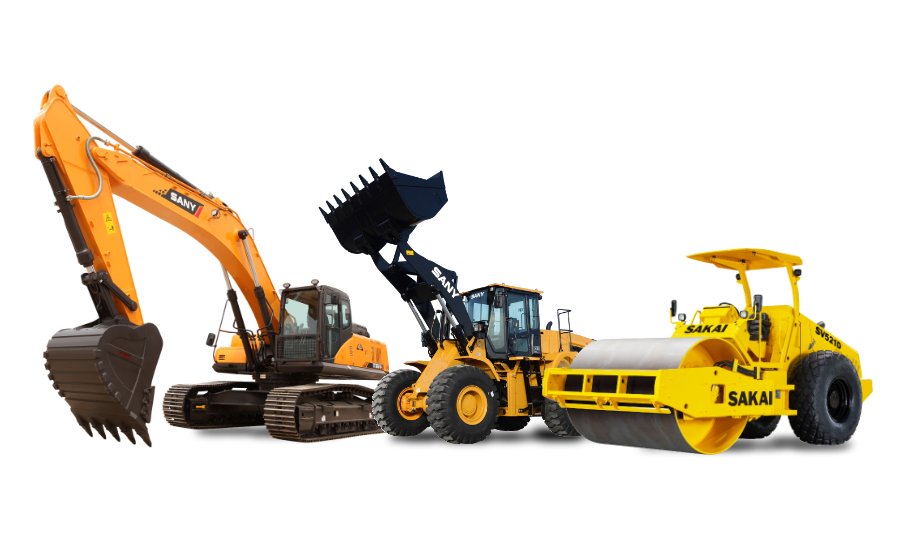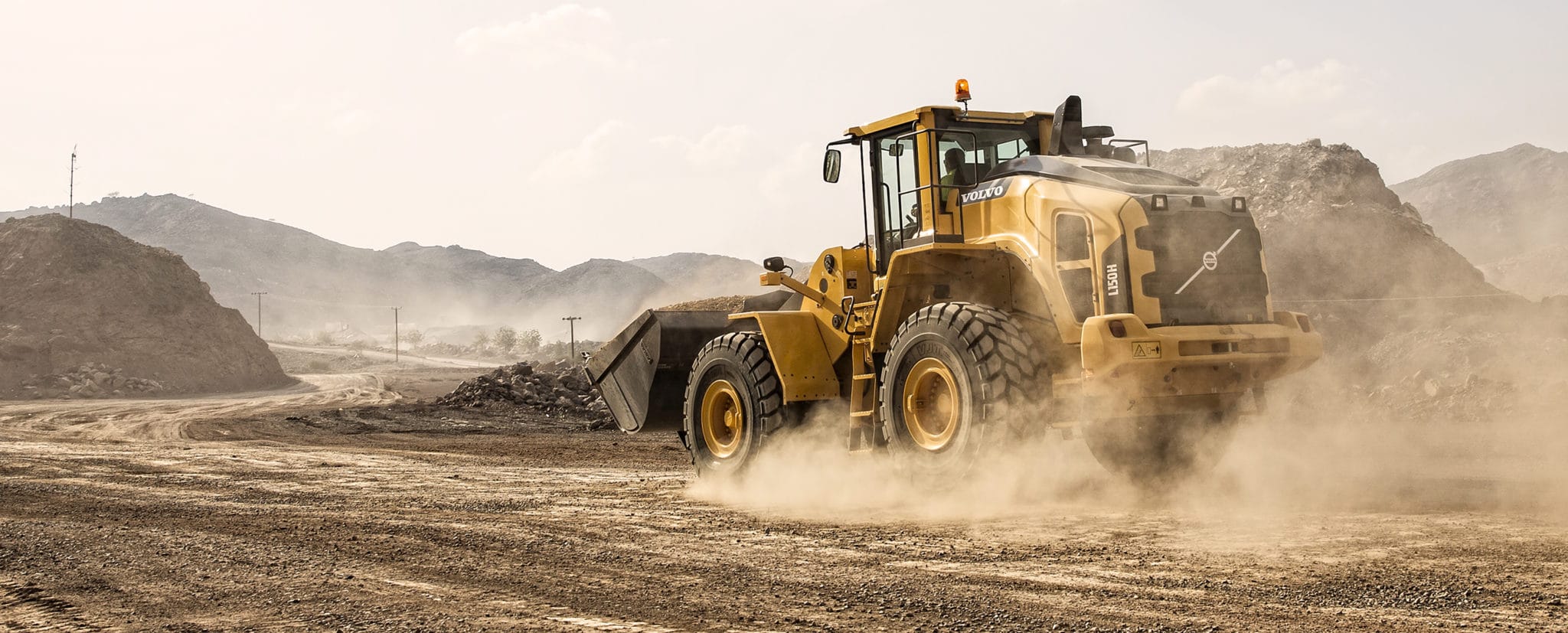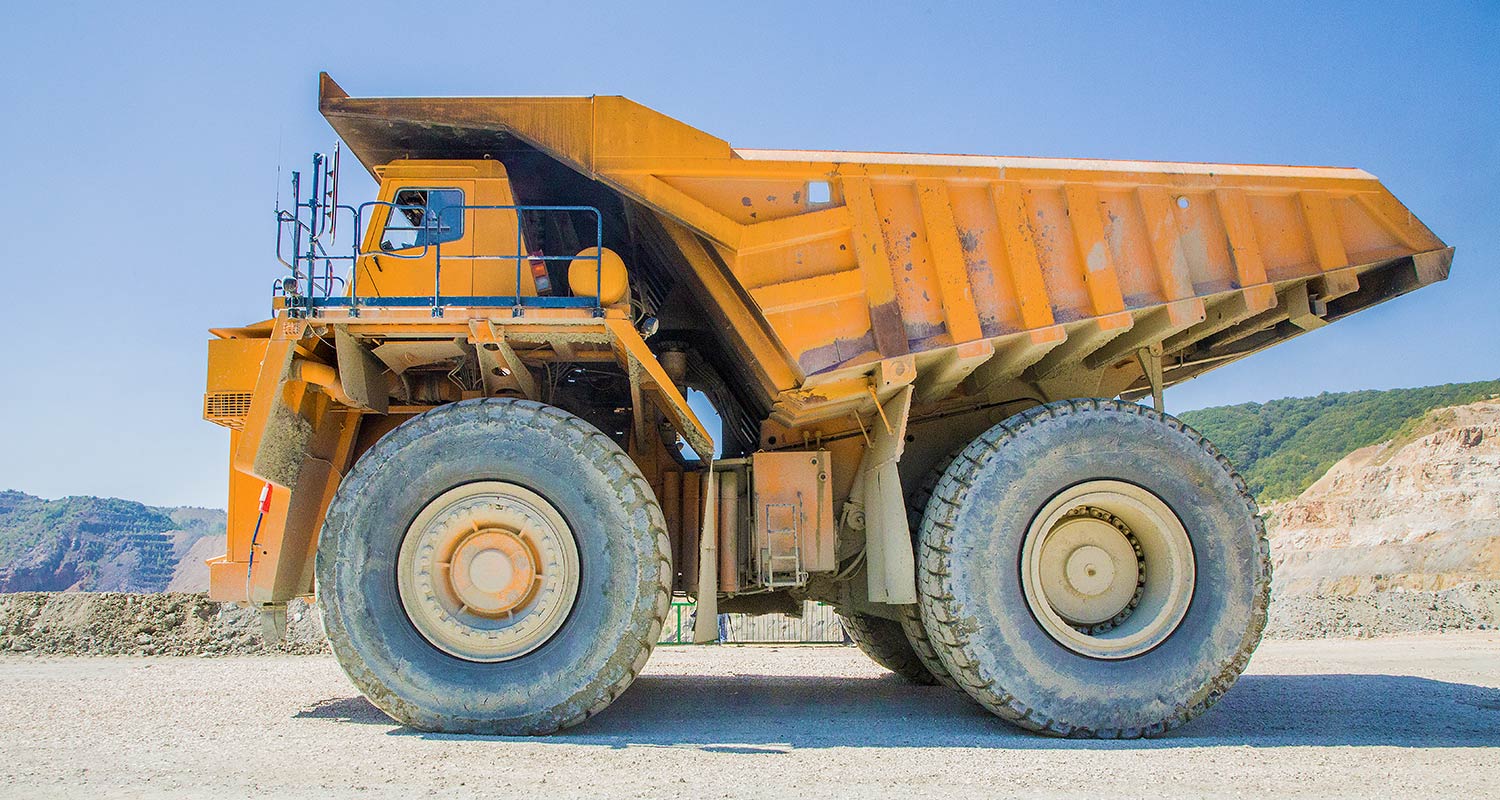Reliable Construction Equipment Rentals for Your Jobs
Reliable Construction Equipment Rentals for Your Jobs
Blog Article
Renting Vs. Purchasing Construction Equipment: Making the Right Selection for Your Task
When embarking on a building job, one of the essential choices that project stakeholders and managers face is whether to lease or purchase construction tools. The choice hinges on various variables such as price considerations, project period, equipment upkeep, versatility, scalability, and threat administration.
Expense Factors To Consider
Leasing tools usually calls for lower preliminary repayments compared to buying, making it an eye-catching choice for short-term tasks or service providers with spending plan restraints. In the lengthy run, continually leasing equipment can collect greater expenses than purchasing, specifically for extended jobs.
On the other hand, getting building equipment entails higher upfront expenses but can result in long-lasting financial savings, especially for constant users or long-term tasks. Possessing equipment provides versatility, ease, and the potential for resale value once the task is finished. Additionally, possessing equipment permits modification and knowledge with details machinery, potentially boosting performance and performance on-site. Inevitably, the choice between purchasing and leasing building equipment hinges on the project's duration, regularity of use, budget plan factors to consider, and lasting financial objectives.
Job Period

On the other hand, for long-lasting tasks or continuous building work, getting devices might be the much more affordable alternative. Investing in equipment can cause cost financial savings in the long run, especially if the equipment will certainly be frequently made use of. In addition, possessing devices offers a sense of control over its accessibility and permits modification to fit particular job demands.

Devices Maintenance
Provided the vital duty project period plays in identifying one of the most economical method between renting out and purchasing building tools, the focus now changes in the direction of examining the crucial element of equipment upkeep. Correct maintenance is crucial for guaranteeing the optimum performance and long life of building equipment. Renting out equipment usually features the benefit of having actually well-kept machinery offered by the rental company. This can ease the problem of upkeep jobs from the task owner or specialist, conserving time and effort. On the various other hand, possessing tools my response requires a positive method to maintenance to avoid failures, make certain security, and extend the devices's life expectancy. Routine inspections, maintenance, and prompt repairs are necessary to maintain owned devices in top working problem. Consider upkeep prices when making a decision between acquiring and leasing, as neglecting maintenance can bring about expensive repairs, downtime, and job hold-ups. Inevitably, a properly maintained construction tools fleet, whether rented out or had, is necessary for the reliable and successful conclusion of building and construction projects.
Flexibility and Scalability
In the realm of building and construction equipment administration, the aspect of adaptability and scalability holds substantial relevance for job efficiency and source utilization. Choosing to rent construction tools offers a high degree of adaptability as it allows for the quick modification of devices kinds and quantities based on the evolving needs of a task.
Moreover, scalability, another critical element, is naturally linked to adaptability. Renting building and construction equipment provides the advantage of easily scaling procedures up or down as project needs change. Service providers can swiftly add or trade equipment to match the task's changing requirements without the restraints of owning assets that might end up being underutilized or out-of-date. This capability to scale resources successfully can lead to expense savings and improved job timelines, making renting a positive choice for projects needing versatility and receptive resource allocation.
Threat Monitoring
Efficient threat management in building and construction equipment operations is paramount to guaranteeing job success and mitigating possible financial losses. Building tasks naturally involve various threats, such as devices failures, accidents, and project hold-ups, which can considerably impact the task timeline and budget plan. By thoroughly considering the threats connected with owning or leasing building tools, project managers can make enlightened choices to lessen these potential hazards.
Leasing building and construction tools can use a degree of danger mitigation by transferring the duty of maintenance and repair work to the rental firm. This can reduce the monetary problem on the task Going Here proprietor in case of unforeseen tools failings (aerial lift rental). Additionally, leasing gives the flexibility to access customized tools for specific task phases, decreasing the danger of owning underutilized equipment
On the various other hand, owning construction equipment offers a sense of control over its usage and upkeep. Nonetheless, this likewise means bearing the full duty for repair services, upkeep expenses, and depreciation, increasing the financial risks related to tools possession. Careful risk analysis and consideration of elements such as project period, equipment usage, and upkeep requirements are vital in establishing the most ideal choice for why not find out more effective risk monitoring in building projects.
Conclusion
To conclude, when making a decision between renting out and buying construction equipment, it is vital to take into consideration expense, task period, devices maintenance, risk, scalability, and versatility management. Each variable plays a vital role in identifying one of the most suitable option for the job at hand. By very carefully reviewing these elements, job managers can make an enlightened choice that straightens with their budget plan, timeline, and total task goals.

Report this page